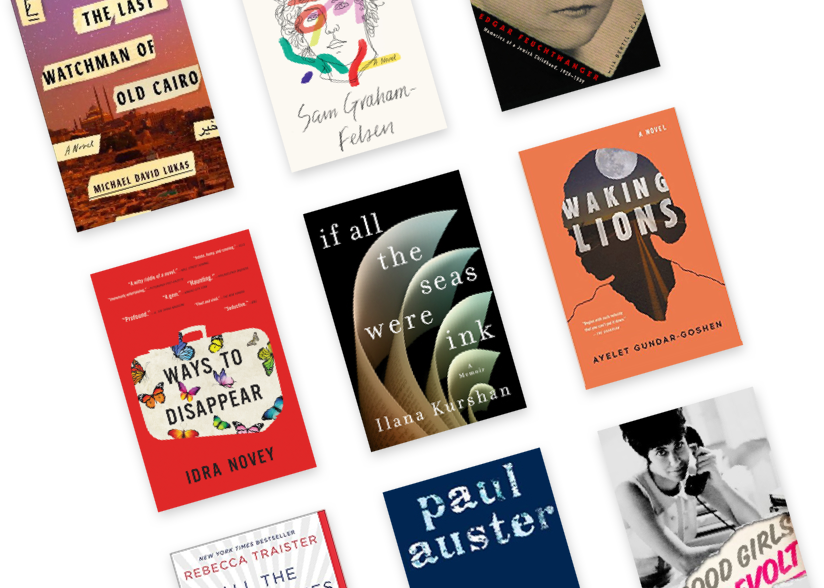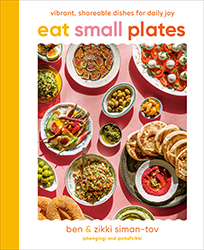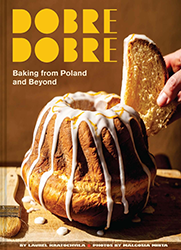One of the dazzling — or perhaps dizzying — aspects of city life is the sheer number of stories waiting to be told. There’s the overarching narrative of the city, the unique character of each neighborhood, and the particulars of every street. Zoom in even closer: each building on every block is filled to the brim with stories. The finest threads in the urban tapestry are the individual lives that serve as the cast and crew of what urban theorist Jane Jacobs called “the ballet of the good city sidewalk.” In his latest novel, Mark Kurlansky shines a spotlight on one such snippet of city life.
Cheesecake is a light and airy (though not entirely sweet) story of neighborhood change. Set over many years in the late twentieth century, Kurlansky focuses on a stretch of West 86th Street, a thoroughfare at the heart of New York City’s Upper West Side, as old-time residents and neighborhood newcomers navigate each other’s rootedness and ambition, relationships and secrets, quirks and eccentricities. At the center of it all are the Katsikases – Art, Niki, and Adara – who immigrate from “a small rock-bound Greek island” to New York to open a Greek diner. Upon arrival, Art evaluates the Upper West Side as a neighborhood with unrealized potential; over time, he works to fulfill his vision for a neighborhood remade. He buys up property when he can and eventually transforms the diner into an upscale restaurant to fit with the changing clientele. The novel’s simple plot and concentrated setting leave ample room for rich character exploration, the driving force behind Cheesecake’s charm. Combine that with a heaping spoonful of nostalgia — not only for a bygone era of New York City, but also capturing a more universally relatable feeling of reflection on what once was — and the result is a digestible, satisfying read.
Like its namesake dessert, Cheesecake features several “toppings” worth noting — certainly not essential, but ones that add distinctive flavor to the reading experience. The author opens the book with an inviting introduction centered on the history of Cato the Elder and his cheesecake recipe. Before the characters begin crafting their own renditions, the author grounds readers with the story of the historic recipe and its creator. Upon completing the journey to West 86th Street, Kurlansky appends a history and recipe log of various cheesecakes – an engaging accompaniment to the story’s central motif. Together, the introduction and appendix frame the main narrative in a way that enhances the book overall.





